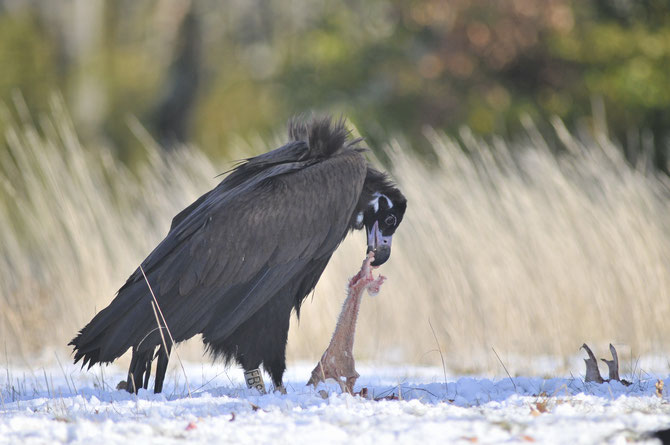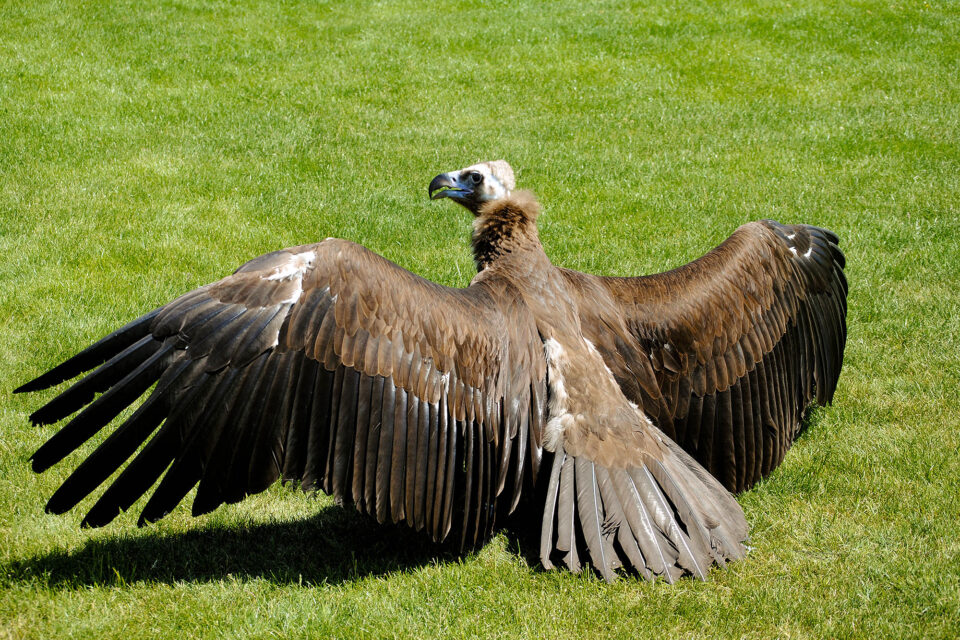Background of study
Importance of vultures
Vultures play an important role in ecosystems as they specialise in consuming carrion due to their unique adaptations in their feeding habits. Without them, other scavengers would begin to flourish and this could increase the risk of bacteria and virus infections spreading from carcasses to humans or other species.

Conservation
According to the IUCN Red List of Threatened Species as of 2020, the cinereous vultures are stated as “near threatened”. Many zoos are applying captive breeding programmes to reintroduce this species to the wild. The current study vultures are apart of the the EEP (European Endangered Species Programme), a captive-breeding programme which aims to conserve sustainable back-up populations of cinereous vultures. The EEP ensures their genetic diversity, helps reduce the vulture’s breeding difficulties, and releases captive-born individuals into the wild to help boost wild populations. Investigating the effects of enrichment on captive cinereous vultures may help to improve their welfare in captivity and increase the likelihood of successful mating, ultimately increasing wild populations by reintroducing captive-born individuals into the wild.

Environmental enrichment
Enrichment is the provision of items to stimulate the expression of natural behaviours and can be used with the aim to improve the captive animal’s welfare. It is used to enhance the environment of the animal by providing variation in stimuli or creating opportunities of choice, while considering the species-specific natural behaviours. Providing environmental enrichment for captive animals may also lead to an increase in reproduction success which is also beneficial in helping conservation efforts.
Lack of research on vultures
Previous research on the welfare and enrichment of zoo animals is primarily focused on mammals, lacking studies on other common captive species like birds of prey. There is no previous research on the use of multiple novel environmental enrichment items with captive vultures. More research is needed to understand how to improve vulture welfare in captivity.

Aim
The aim of my study was to assess the effects of different types of environmental enrichment (dietary, novel item, social and structural enrichment) on the behaviour of a captive population of cinereous vultures and to determine whether this can have a positive impact on their welfare.